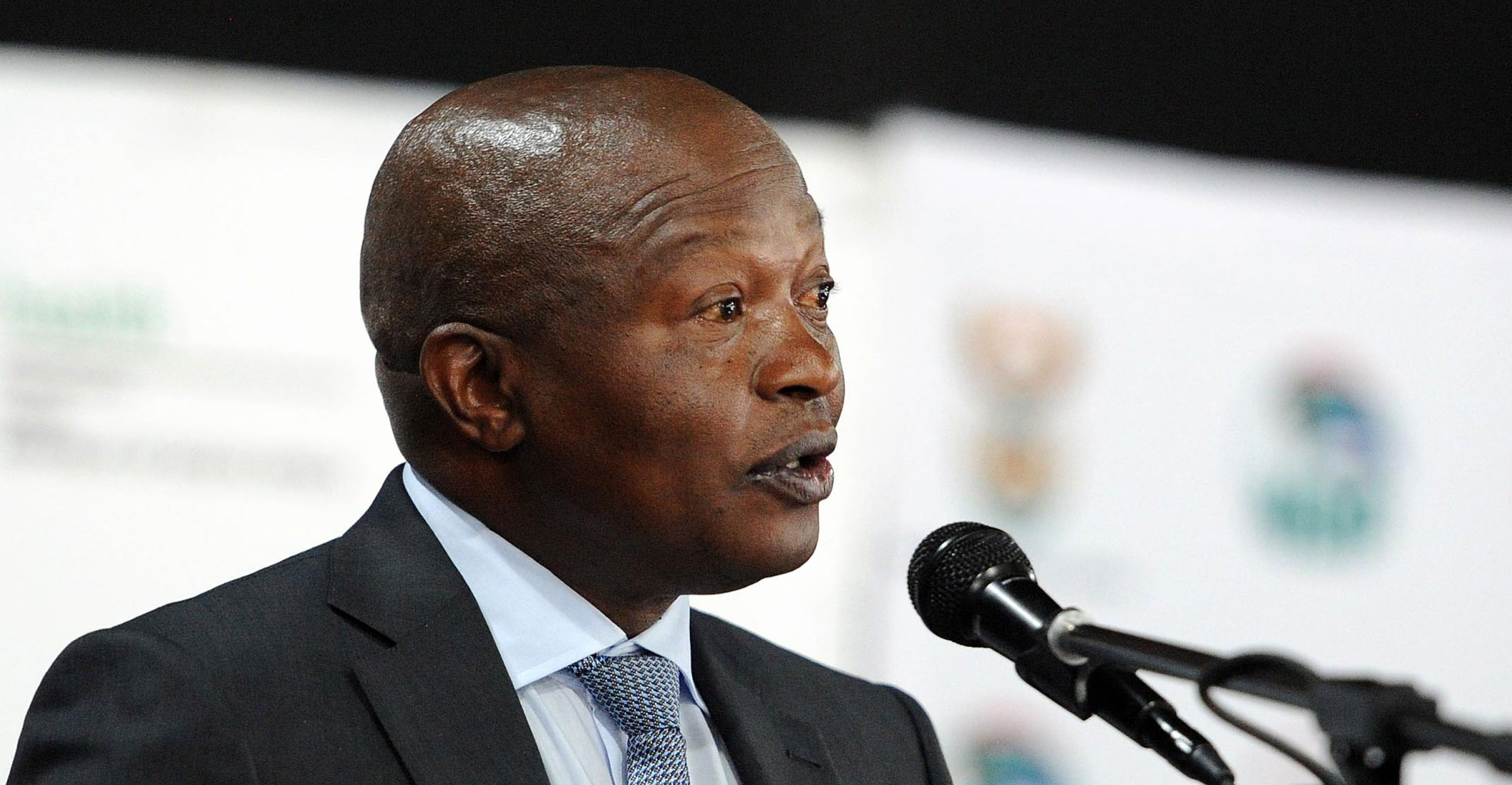
Deputy President David Mabuza said in parliament that Eskom has communicated a headcount reduction plan to government.
“We can confirm that Eskom’s headcount reduction plan was communicated to government as a shareholder, and it forms part of updates that are shared by the utility with the political task team on Eskom,” Mabuza said.
“Honourable members would appreciate that restructuring a company of Eskom’s magnitude will not be an easy task, and may take longer, considering the potential effects thereof. Nevertheless, our position remains that Eskom must be supported to implement a comprehensive turnaround programme,” he said. This will ensure that the utility develops and enhances its requisite institutional capabilities, to meet the country’s energy needs.”
The deputy president said Eskom and government have committed to achieving headcount reduction as part of the turnaround programme, without embarking on retrenchments.
“Our understanding is that Eskom’s headcount reduction, as well as the cost-reduction strategy that the utility started implementing in 2016, are among efforts aimed at improving the utility’s financial sustainability. It is envisaged that this would increase efficiencies in capital and operational expenditure, including employee benefits.”
Significant cost cuts
He said that the restructuring process of Eskom into an efficient and financially sustainable entity means that its turnaround and transformation must be focused on achieving significant cost reductions while improving overall efficiencies across key cost drivers, such as expenditure on coal contracts and compensation of employees.
Eskom’s headcount reduction is part of the power utility‘s 10-year strategic workforce plan, which seeks to analyse and forecast the workforce that is required to execute the business strategy by enabling Eskom to identify, develop and sustain its workforce in support of its organisational objectives.
“Essentially, Eskom’s workforce will reduce from 44 929 to 40 691 by 2030, which will be achieved through natural attrition, retirements, limited replacement of attrition and voluntary separation packages.
 “This is informed by a range of factors within business categories but most importantly, it prioritises replacement of critical skills — engineers, artisans, technical officials, technicians and operators, through learner intake to offset the impact of attrition,” Mabuza said.
“This is informed by a range of factors within business categories but most importantly, it prioritises replacement of critical skills — engineers, artisans, technical officials, technicians and operators, through learner intake to offset the impact of attrition,” Mabuza said.
“The bulk of the reduction will still be achieved through attrition with 11% from voluntary separation packages. Simply put, Eskom’s historical attrition is projected to remain the same over the next three years, taking into account replacement of critical skills in operations.”
Economic Freedom Fighters MP from Limpopo Tirhani Mathevula had asked the Deputy President if, in his capacity as the Chairperson of the Eskom Task Team, he was informed of the recent revelations by the Eskom CEO that over the past year alone, they have reduced the Eskom workforce by about 2 000 and that a further 6 000 employees would still need to be released.
The deputy president said Eskom has provided government with an overview of net attrition since the 2019 financial year, factoring in voluntary service packages, appointments for 2021, and projections up to 2024 with a total of 6 074 employees to be released through voluntary severance packages and attrition.
“That being said, government advocates for Eskom’s headcount review to be in a manner that balances and matches business delivery outcomes, core skills and improved organisational performance. As government, we will ensure that Eskom continues to invest in critical skills, as well as a long-term pipeline of engineering and technical expertise.”




